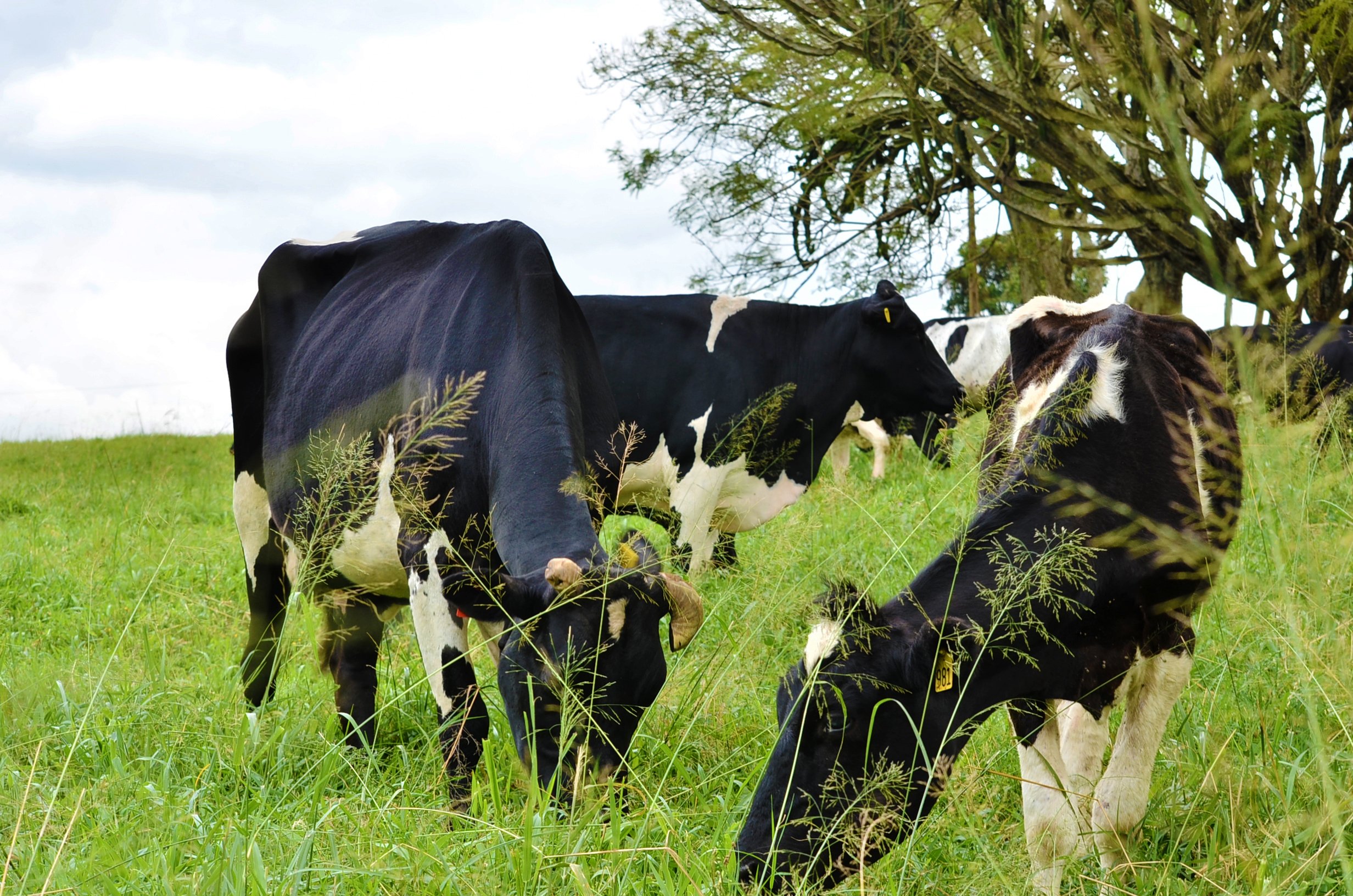Prime
Dealing with tick resistance in your herd

Some of the exotic cows in confinement for the testing of a locally made anti-tick vaccine. The cows have not been sprayed with acaricides for more than six months. PHOTO/FILE
What you need to know:
- The potential to commercialise livestock production in Uganda is primarily constrained by ticks and tick-borne diseases.
- The diseases caused by ticks are highly devastating and lead to the use of acaricides, to which ticks develop resistance especially when not applied appropriately.
Ticks are a major challenge among cattle farmers especially those in the dairy enterprise.
According to Dr Halid Kirunda, the director of Mbarara Zonal Agricultural Research and Development Institute (MbaZARDI), tick borne diseases are the major constraint to cattle production systems in Uganda, causing great economic losses to farmers through high cattle morbidity, mortality, control and treatment costs.
During the recently completed Seeds of Gold Farm Clinic at the institute in Mbarara, Dr Kirunda reiterated that ticks are major cause of losses to a farmer.
The losses come as a result of calf mortality, farm disease prevention and control, farm input costs, loss in milk and meat production, and blood loss.
Management
Ticks carry deadly diseases, and they are therefore called ‘vectors’ for these diseases.
Currently, the most recommended control method for ticks is the use of acaricides by dipping or spraying at regular intervals.
However, small and medium size farms cannot afford the costs of establishing and maintaining the dip tank infrastructure.
In consequence, spraying is the most commonly used method of acaricide application in Uganda although there are still some farmers who simply handpick ticks from the animals instead of using acaricides.
It has been observed that there’s growing tick resistance to acaricides, which has prevented communities and the country from attaining optimal production.
Dr Kirunda says that prevention of ticks is the most important step in managing ticks on a farm.
He says that the frequency of acaricide use can be reduced, limiting its use to only when there is a seasonal surge in the tick population or when the herd is particularly vulnerable.
“A small dose of butalex can cost about Shs140,000 yet it can only be used on one animal. In some instances, the animal may not even survive,” Dr Kirunda says.
The National Drug Authority (NDA) has registered 25 brands of acaricides, which are accessible to farmers on the market.
There are four classes of acaricides on the market that include; Amidines, synthetic pyrethroids and co-formulated organophosphates and pyrethroids.
Avermectins is the latest class which Dr Kirunda says is effective but must not be overused to avoid resistance.
However, because of the multiple tick control malpractices often observed on farms, and particularly in regard to acaricide use, there have been increasing complaints of acaricide failure from farmers.
Dr Kirunda points out inappropriate practices such as wrong rotation of acaricides (between the same active molecule but variously branded), wrong acaricide dilution, inappropriate application frequency, mixing of different acaricide formulations, inadequate acaricide wash and application pressure, poor animal restraining facilities, diluting acaricides using muddy water, herd mixing, poor record keeping and selective application of acaricides to exotic animal, which have given rise to acaricide failure.
As a result of acaricide failure, the desperate farmers devise coping strategies including irrational admixing of various acaricide formulations, use of higher acaricide concentrations and shorter application intervals.
He says that farmers must first of all be aware that ticks have become resistant over time which calls for integrated tick control approaches.
“Over time, we killed ticks that were vulnerable to acaricides reducing the competition to those which are naturally resistant to acaricides,” he says.
Grazing methods
Most of the ticks are not on the animal. Dr Kirunda says that up to 95 percent of ticks are normally in the pasture or the ground.
He says that some ticks have adapted to the environment to an extent that they can detect birds and jump off the animal.
He says that seasonal burning of bushes kept ticks in check but environmentally, this has been found more dangerous. The first wise step is to paddock the land while maintaining an optimum stocking density.
Through mob grazing, it forces livestock to graze everything available, reducing weeds while increasing manure distribution. It also helps the sun to penetrate to the ground which can help kill some ticks.
“When you have high temperatures, water will evaporate from them [ticks] and some of them can die,” he says.
If possible, he says, farmers can dig roads in their farms to prevent ticks from moving from one paddock to another.
He also advises on alternating pastures and crop land. He says that if the land is kept free of cattle for a season there is a chance that some of the ticks waiting on that land will not survive.
How to apply acaricides
Application of acaricides is aimed at destroying the maximum number of ticks and to stop their multiplication.
Tick control with chemical acaricides is very popular but using synthetic acaricides has harmful residual effects on meat and milk for human and animal consumption.
However, Dr Kirunda says that the key is to give a recommended dose of 5-7 litres depending on the animal size.
“Our research indicates that on average farmers apply between 1.5-4.5 litres which brings about tick resistance,” he says.
He advises farmers to use high-pressure sprayers with a nozzle pressure of 80psi to provide a mist that can reach every part of the animal’s body in a confined area during the early hours of the day.
Each animal is sprayed starting with the backline, followed by both sides of the belly and then the brisket, neck and fore legs.
Spraying continues with the rear of the animal, including the hind legs (attention paid to the interdigital spaces), the udder and under the tail base, entire tail length and tail switch. Finally, the head is sprayed, paying particular attention to the ears.
Vaccination
Controlled reaction to the parasite infection leads to development of immunity to subsequent infections.
As part of integrated control programmes, anti-tick vaccines are a promising and effective intervention for the control of tick infestations and transmission of tick borne diseases.
The scientists at the National Livestock Resources Research Institute (NaLIRRI) have been developing the vaccine since 2014.
The National Agricultural Research Organisation (Naro) is conducting on-station clinical trials for a candidate anti-tick vaccine which are under development at five stations in Mbarara, Maruzi and Nabwin in Karamoja, Kiruhura as well as Isimba.
Dr Kirunda says that they have so far confined cows at their station for six months under the vaccine trial without application of acaricides.
Spraying
Each animal is sprayed starting with the backline, followed by both sides of the belly and then the brisket, neck and fore legs.
Spraying continues with the rear of the animal, including the hind legs (attention paid to the interdigital spaces), the udder and under the tail base, entire tail length and tail switch. Finally, the head is sprayed, paying particular attention to the ears.Disease carriers
Although there are a number of tick types known to cause diseases, Dr Kirunda explains that the predominant tick species that cause significant losses to farmers in Uganda include; the blue tick, brown ear tick and Hyalomma ticks.




